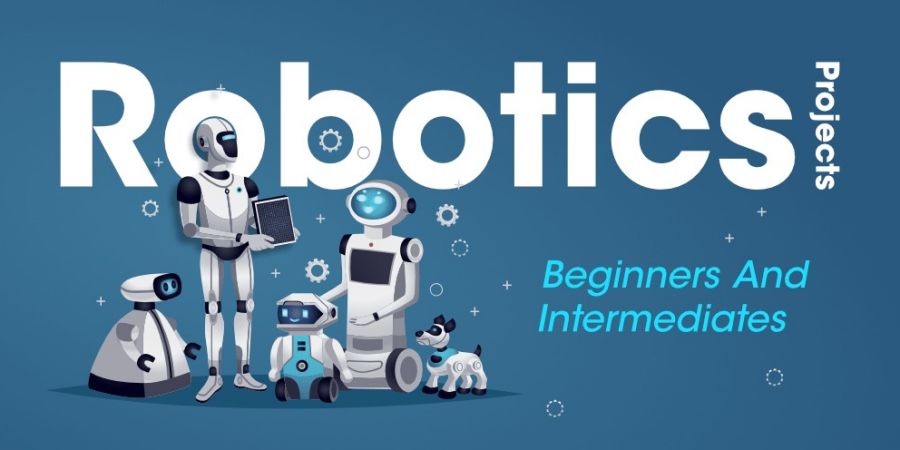

About Robotics:
Robotics is the study of how to construct robots. Technology, engineering, and computer science all come together in this interdisciplinary field. Professionals in robotics focus on the design, upkeep, use, and application of robots in a variety of scenarios.
The development of robots that can do common or basic tasks on a large scale or function in hazardous conditions where people cannot has historically been the main emphasis of robotics research.
However, recent developments in machine learning and artificial intelligence imply that future interactions between people and robots may increase.
The robot market is expected to grow significantly over the next years. By 2030, the sector may be worth $260 billion, according to projections
specialised services The majority of this increase will be due to robots performing beneficial tasks for people like cleaning, delivering, and carrying.
For those looking for a more thorough introduction to robotics, the University of Reading's online course explores the history, make-up, and degree of intelligence of robots.
Robots as a concept have been around for a long, but only recently have their applications and complexity grown. Nowadays, a number of businesses employ robots in a wide range of beneficial ways.
As discussed in our open step on the applications of robotics, some of these types of robots include:
Industrial: It's possible that basic, repetitive industrial tasks are where robots are most often deployed. Examples include welding, picking and packaging, as well as other similar production line operations. They offer reliability, accuracy, and promptness.
Military: Recent developments have allowed military forces throughout the world to use robots in areas like triage, surveillance, and UAVs (Unmanned Aerial Vehicles).
Service: One of the fastest-growing markets in the robotics industry is the personal services sector. Food distribution and cleaning are two uses for physical labour.
Robots are widely utilised for exploration in dangerous or otherwise inaccessible environments. The Curiosity Rover on Mars, which is employed in space research, is a prominent example of an exploring robot.
Once more, some surroundings, such disaster areas, places with high radiation levels, and harsh environments, might be risky for individuals to enter.
Medical: A wide range of healthcare settings use medtech robots. managing test results, assisting with medical treatments, healing, or physiotherapy, etc.
Robotics: People are becoming more regularly acquiring robots for fun (especially during the epidemic). There are several popular robot toys, robot eateries, and sizable robot monuments.
That's All Folks,Gratitude For Reading………


